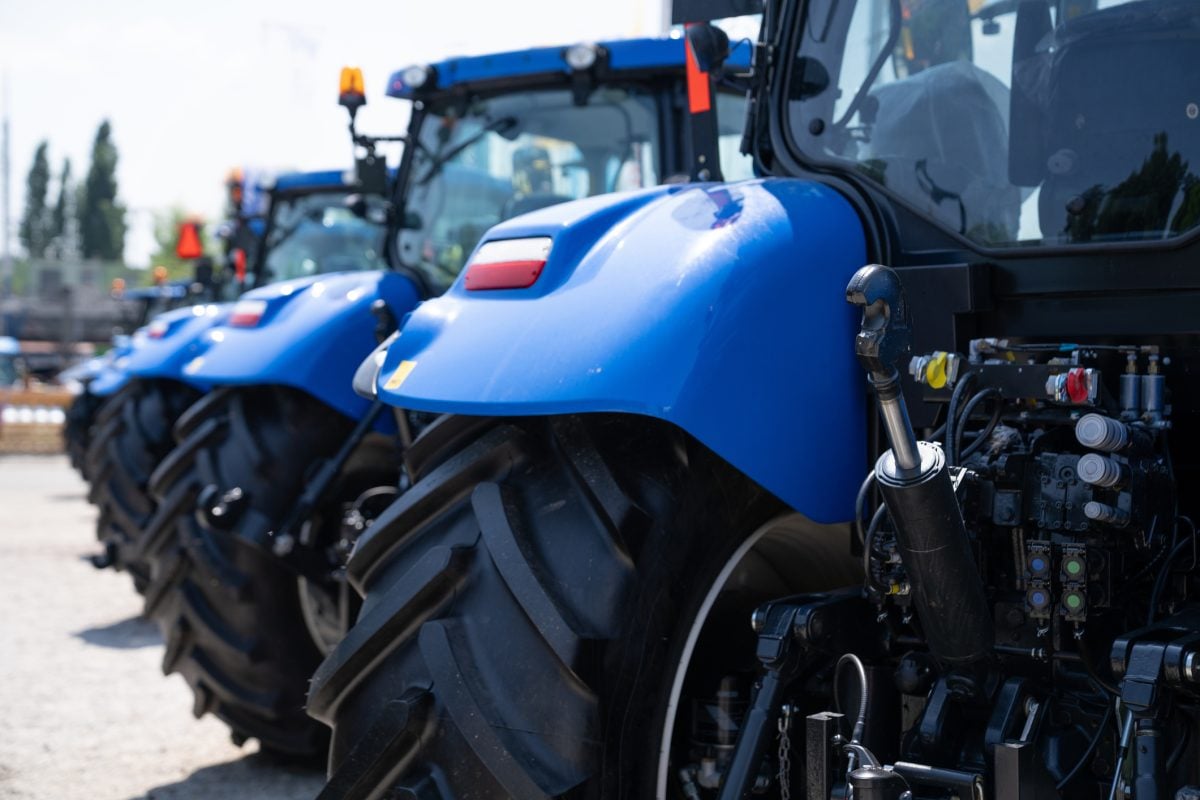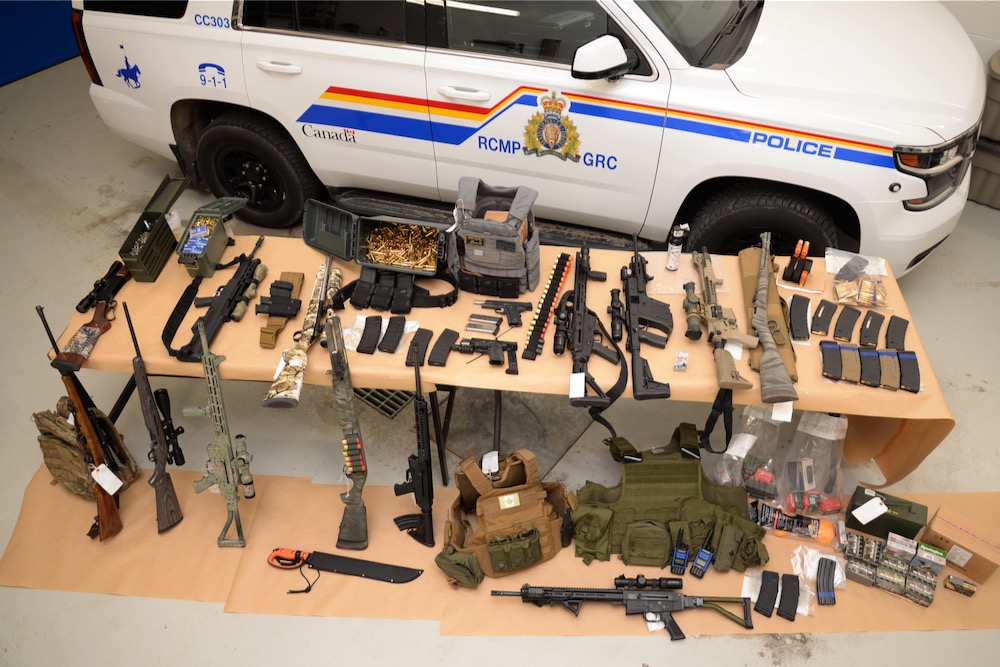Ottawa | Reuters — The busiest land crossing between the U.S. and Canada was jammed on Tuesday after Canadian protestors blocked lanes on Monday over their government’s pandemic control measures.
While traffic in both directions was initially blocked, U.S.-bound lanes have since reopened, Windsor Police tweeted.
Drivers demanding an end to federal COVID-19 vaccine mandates for cross-border traffic began blocking the streets of Canada’s capital, Ottawa, on Jan. 28. Since Sunday night, police have started slowly taking back control, seizing thousands of litres of fuel and removing an oil tanker truck.
Read Also

Association of Equipment Manufacturers sets up lobby in Ottawa
The Association of Equipment Manufacturers, an organization representing North America’s agriculture and construction equipment makers, is setting up an office in Ottawa.
Ottawa Deputy Police Chief Steve Bell told reporters on Tuesday that police have immobilized many of the heavy vehicles taking part in that blockade.
About a quarter of the 418 protest trucks in the downtown have children in them, he said, and police are concerned for their welfare in relation to cold, noise, carbon monoxide risks and access to sanitation.
Canada’s Public Safety Minister Marco Mendicino told reporters that he had been in touch with the mayor of Windsor and local legislators about a blockade at the Ambassador Bridge, connecting Detroit with Windsor, Ont.
“We will continue to work… so that we can keep the supply chains moving across the Ambassador Bridge, as well as the wheels of our economy turning,” he said.
Later Tuesday, Windsor city police said in a release that protestors’ activities “have interrupted normal vehicle traffic flow but we have been able to continue a limited amount of access to the Ambassador Bridge.”
Commercial vehicles were being redirected to the Blue Water Bridge at Sarnia, Ont., while. the Detroit-Windsor Tunnel remained open to non-commercial vehicles, police said.
Canada sends 75 per cent of its exports to the United States, and the bridge usually handles around 8,000 trucks a day.
The owner of the bridge, the Detroit International Bridge Co., said international commerce on the bridge needed to resume.
“We encourage the appropriate officials to take prompt action to alleviate the situation as quickly as possible in a manner that reflects mutual respect,” the company’s chairman, Matt Moroun, said in a statement
Reopening plans
The president of the Canadian Vehicle Manufacturers’ Association called for an immediate end to the blockade, saying “persistent delays at the Ambassador Bridge risk disrupting automotive production that employs tens of thousands of Canadians.”
A recent similar blockade halted and has since hindered traffic through Alberta’s main Canada-U.S. border crossing at Coutts, southeast of Lethbridge.
Alberta’s acting justice minister Sonya Savage, in a statement Tuesday, said that when protesters “threaten public safety, disrupt the public peace or prevent Albertans from accessing vital infrastructure, then they open themselves up to potential action from law enforcement… We believe the Coutts blockade has crossed this line.”
The Coutts blockade, she said, “has severely inconvenienced lawful motorists, prevented commercial goods from reaching their destination, and it has the potential to impede emergency vehicles from reaching people in need of aid” and participants “need to recognize that this protest is no longer peaceful and is causing hardship to thousands of law-abiding Albertans.”
Prime Minister Justin Trudeau appeared in public on Monday for the first time in more than a week after being infected with COVID-19, saying the protest had to stop.
Trudeau was due to return to parliament on Tuesday to face opposition legislators demanding he do more to end what one aide called a “national humiliation.”
He has denounced the demonstrators’ tactics.
“Individuals are trying to blockade our economy, our democracy, and our fellow citizens’ daily lives,” he told an emergency debate in the House of Commons on Monday night. “It has to stop.”
But one of his Liberal Party colleagues has broken rank on the government’s hardline stance on vaccine mandates. Joel Lightbound called on the government to move away from divisive politics and present a clear roadmap for lifting of pandemic restrictions.
Meanwhile some provinces are beginning to lift the strict COVID-19 restrictions.
Quebec Premier Francois Legault on Tuesday announced a gradual reopening of the province’s offices, businesses, bars and social activities through March 14, while lifting restrictions on the number of visitors allowed in private homes.
Legault said a recent protest by truckers in Quebec City did not influence his plans, but acknowledged some people in the province were fed up with the restrictions.
Saskatchewan Premier Scott Moe said that province’s requirement to provide proof of vaccination or a negative COVID-19 test for businesses, workplaces and other public venues will end on Feb. 14.
— Reporting for Reuters by David Ljunggren and Ismail Shakil; additional reporting by Anna Mehler-Paperny in Ottawa, Allison Lampert in Montreal and Susan Heavey in Washington; writing by Denny Thomas. Includes files from Glacier FarmMedia Network staff.












